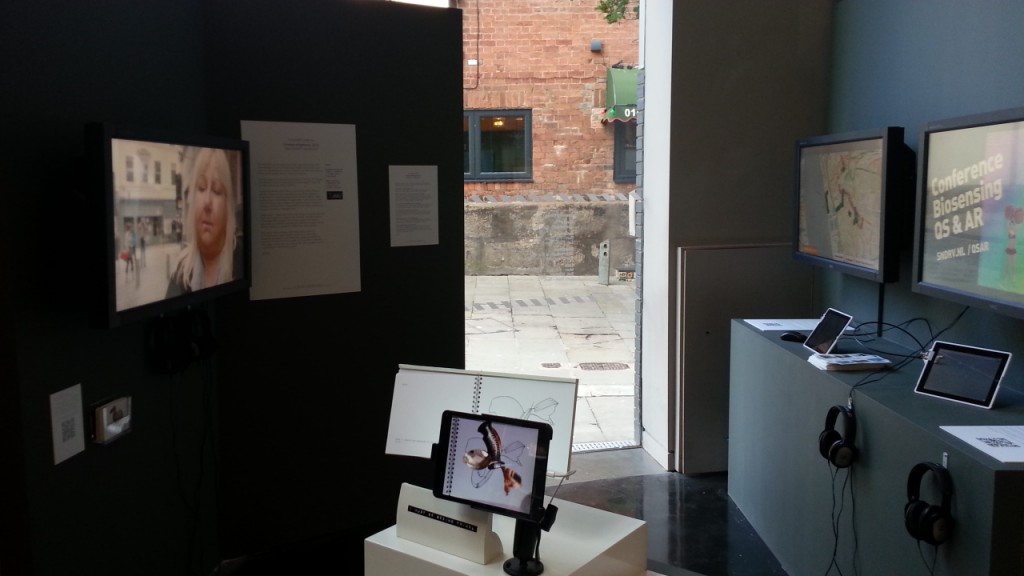If there is a problem for academics working in the area of physiological computing, it can sometimes be a problem finding the right place to publish. By the right place, I mean a forum that is receptive to multidisciplinary research and where you feel confident that you can reach the right audience. Having done a lot of reviewing of physiological computing papers, I see work that is often strong on measures/methodology but weak on applications; alternatively papers tend to focus on interaction mechanics but are sometimes poor on the measurement side. The main problem lies with the expertise of the reviewer or reviewers, who often tend to be psychologists or computer scientists and it can be difficult for authors to strike the right balance.
For this reason, I’m writing to make people aware of The First International Conference on Physiological Computing to be held in Lisbon next January. The deadline for papers is 30th July 2013. A selected number of papers will be published by Springer-Verlag as part of their series of Lecture Notes in Computer Science. The journal Multimedia Tools & Applications (also published by Springer) will also select papers presented at the conference to form a special issue. There is also a special issue of the journal Transactions in Computer-Human Interaction (TOCHI) on physiological computing that is currently open for submissions, the cfp is here and the deadline is 20th December 2013.
I should also plug a new journal from Inderscience called the International Journal of Cognitive Performance Support which has just published its first edition and would welcome contributions on brain-computer interfaces and biofeedback mechanics.

